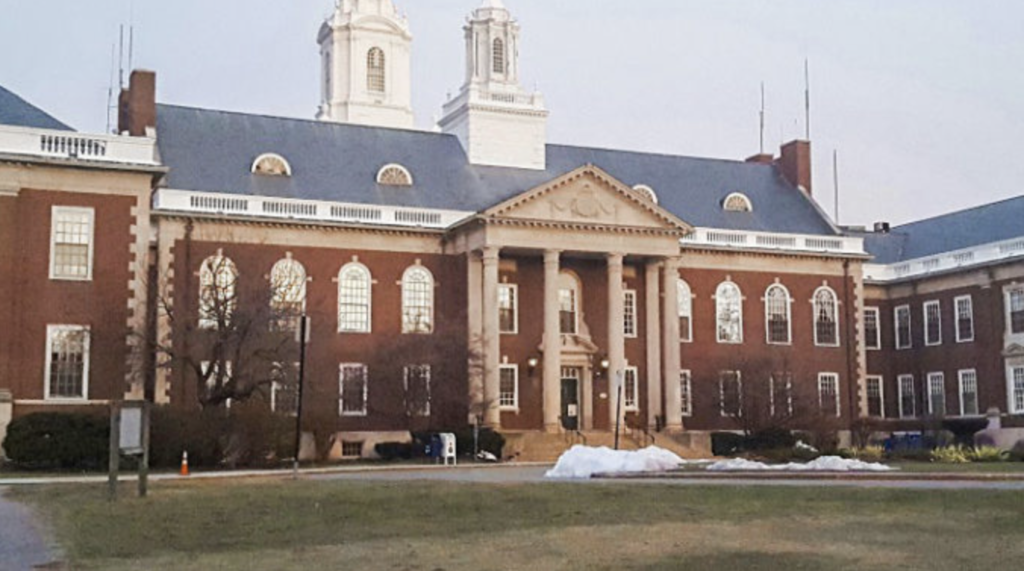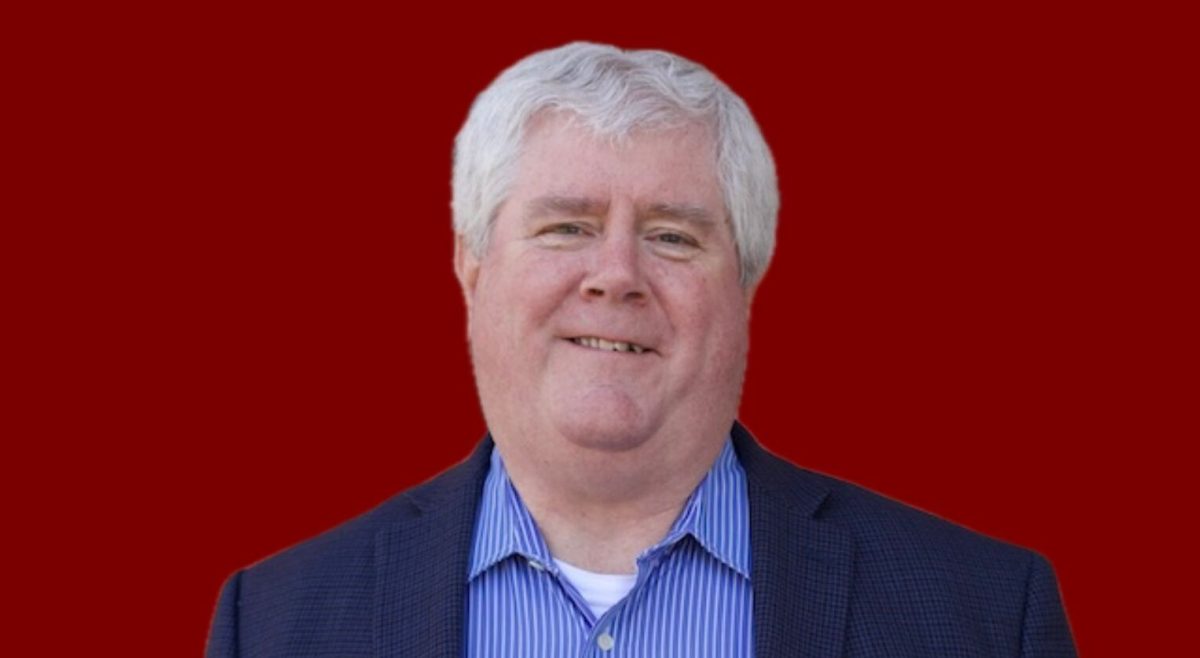On Wednesday evening, Newton residents concerned about the health implications of marijuana had the chance to hear from local experts at the forum titled “Wondering About Weed?”—an event hosted by the Department of Health and Human Services.
Recreational marijuana shops are now allowed to apply for licenses in the City of Newton. Recreational marijuana retail stores were banned in Newton until December 2018 by a city council moratorium. In the November election the majority of Newton residents voted against the ban of recreational retail stores and against the two-to-four retail store limit, capping the maximum number of retail shops in Newton at eight, tied with the number of liquor licenses distributed in the city.
A statewide ballot was approved by voters to allow adult use of recreational marijuana in 2016. The use of recreational marijuana saw a 54 percent approval rating in the city of Newton.
“That changed the world dramatically,” said Newton Mayor Ruthanne Fuller.
Garden Remedies, which is located on Washington Street, is the first medical marijuana dispensary in Newton. Since its establishment in 2016, there has been no loitering, traffic problems, or related police calls regarding the dispensary, according to Fuller.
The city council is working on the zoning for recreational retail stores, which will go to a vote on Dec. 3. Shops are restricted to specific business and commercial zones around Newton, are not allowed in buildings that also have residential units, and must be at least 500 feet from schools, according to Fuller. The zoning does not allow stores to be clustered in one area—they must be spaced at least one half-mile from each other.
Now that marijuana will be more accessible to Newton residents, the Department of Health and Human Services is doing its part to educate residents on the impacts the drug will have on adolescents and adults.
Kevin Hill, director of the Division of Addiction Psychiatry at Beth Israel Deaconess Medical Center, is the author of Marijuana: The Unbiased Truth about the World’s Most Popular Weed and researches pharmacological treatments for addictive disorders.
Attitudes toward marijuana in the United States have dynamically shifted over the last few decades, going back and forth from prohibition to legalization. Hill showed a graph comparing adult use and the perception of no risk of harm. Adult use has almost doubled in the last decade and running parallel to that is the perception of no risk of harm.
“This is probably the biggest single problem about all these policies,” he said. “We are not clear what the risks are.”
Adult use of marijuana is on the rise, but there is still controversy, myth, and debate about the precise role that marijuana plays in creating, worsening, or improving mental health conditions.
“We need to do a much, much better job about being clear with what the risks are,” Hill said.
Marijuana has acute and chronic risks. Acute risks include worsening short-term memory, judgement, anxiety, and paranoia, as well as impaired driving, Hill said. Heavy users, he continued, those who ingest marijuana five-to-seven times per week or more than one-eighth of an ounce at a time, are at risk of developing chronic conditions like poor cognitive function, worsening anxiety, depression, and psychosis.
There is a gap between the science of marijuana and the public perception influenced by biased and agenda-driven sources, Hill said—he also said this is the major problem with the current debate.
“You can take the use of this less harmful substance and make it extremely harmful,” Hill said.
The view of many Americans, especially adolescents, is that marijuana is not nearly as harmful as “harder” drugs like cocaine, heroin, or amphetamines, he said. It is important to note that marijuana is more potent today than it was in the ’60s. Recreational marijuana used to have between 3 and 4 percent THC, the chemical responsible for its psychological effects—now it has between 12 and 19 percent.
Nicole Danforth, director of Outpatient Programs in the Division of Child and Adolescent Psychiatry at Newton-Wellesley Hospital, described the adolescent brain as a brain under construction and said that cannabinoids can complicate brain development.
The adolescent brain is still under development until a person is 25 years old, and young adults act before they think more frequently than adults. They are like “a Ferrari with bicycle brakes,” Danforth said.
THC receptors exist throughout the brain, affecting vision, coordination, judgement, movement, and memory, she said. All skills required to learn in school and drive a car.
“With legalization, we are at risk of normalizing marijuana use in our younger kids,” Danforth said. “The risk is a lot greater to a developing brain.”
Marijuana dependence before the age of 18 correlates to a drop of eight IQ points, and changes are even seen with light smokers, who smoke between one and three times per week. Danforth emphasized the significance of delaying the decision to smoke marijuana until an older age.
“Less harmful does not equal harmless,” Danforth said. “Just because it is legal doesn’t mean it is healthy.”
Danforth said the best way to talk to a young person about marijuana is to provide credible information and have an ongoing conversation. In her eyes, the best starting points for discussion are the drug’s 400-plus chemicals, its potency, and its risk of physical addiction, as well as decreased IQ.
Featured Image Courtesy of masspowerchoice.com













